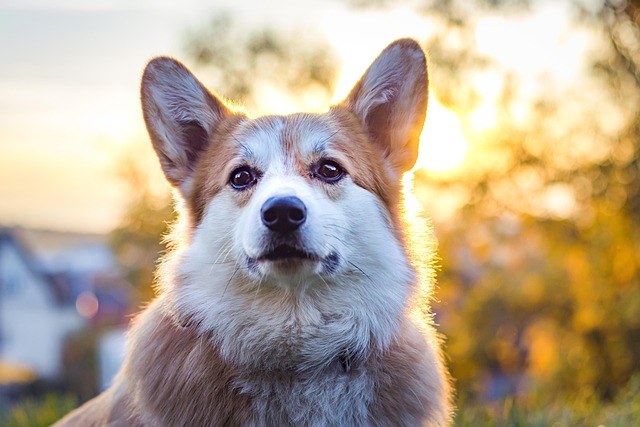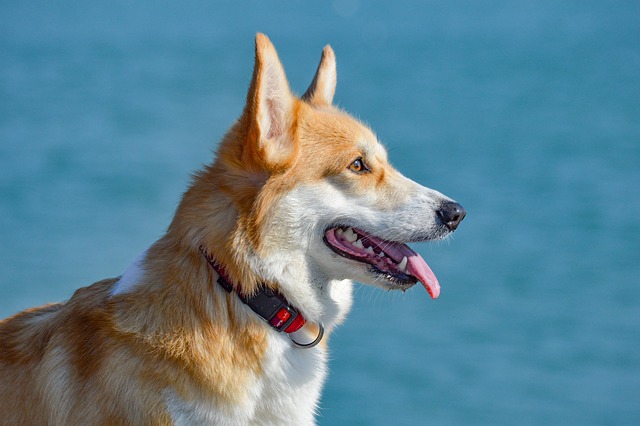Choosing the right dog harness can feel overwhelming with so many options on the market. But the best harness for your pup depends on their size, breed, behavior, and even your local regulations. Let’s break down the main types to help you make an informed choice, keeping in mind Western animal welfare standards and practical needs.
First, it’s essential to understand why harnesses are popular. Unlike collars, they distribute pressure across a dog’s chest and shoulders, reducing strain on the neck—critical for breeds with respiratory issues or those who pull. In Europe, where animal welfare laws emphasize minimizing discomfort, vets often recommend harnesses over collars for active dogs. The UK’s RSPCA even lists harnesses as a preferred option for pullers, reflecting a cultural shift toward humane gear.
Front-clip harnesses are a top choice for training. These attach to the front of the chest, creating a gentle tug that redirects your dog when they pull. It’s a design rooted in positive reinforcement: instead of punishing pulling, it makes it physically harder for dogs to charge forward. Brands like Kurgo and Ruffwear have perfected this style, using padded straps to prevent chafing. In the US, where leash laws vary by state, front-clip harnesses are popular in cities like New York, where tight control is needed in crowded spaces.
Back-clip harnesses are simpler and easier to put on, ideal for dogs that walk calmly. These attach to the shoulder blades, making them suitable for casual walks or small breeds. However, they offer less control for pullers—some dogs may even use the back clip to lean into the lead, reinforcing pulling behavior. In rural areas of Canada or Australia, where walks are less distracting, back-clip harnesses are a common choice for their simplicity.

No-pull harnesses combine front and back clips for maximum control. These often have a strap that tightens gently across the chest when pulled, discouraging forward motion without causing pain. They’re a go-to for large breeds like German Shepherds or energetic pups. But be cautious: in some European countries, harnesses that "restrict movement" are under scrutiny, so opt for models that prioritize comfort over constriction. Always check local regulations—France, for example, has specific rules about gear that could be seen as inhumane.
Vest-style harnesses are perfect for dogs that need extra support, like seniors or those with mobility issues. These wrap around the entire torso, providing stability during walks. They’re popular in Sweden, where cold winters mean dogs often need added protection. Look for breathable materials in warmer climates—mesh or lightweight nylon is a must in states like Florida or Spain’s Mediterranean coast.
Head collars, while not technically harnesses, deserve a mention. These fit over the snout and behind the ears, giving you direct control over the head. They’re highly effective for strong pullers but require proper training to avoid stress. In the UK, there’s a cultural stigma against "muzzling," so it’s crucial to introduce head collars gradually with treats. Some municipalities in Germany even restrict their use in public, so research local laws first.
Material matters too. Nylon is durable and easy to clean, ideal for muddy walks in the UK or beach outings in California. Leather offers a classic look but needs regular conditioning—popular in upscale neighborhoods of New York or Paris. Reflective stitching is non-negotiable for evening walks, aligning with safety standards with many Western cities.
Fit is equally important. A poorly fitted harness can cause chafing or allow your dog to slip out. In the US, where pet obesity is an issue, adjustable straps are key—brands like Julius-K9 offer expandable designs. In Europe, where precision is valued, harnesses often come in detailed size charts, so measure your pup’s girth carefully.
Cultural preferences play a role. In urban areas of the US, bright, colorful harnesses are trendy, while European owners often prefer muted tones. Some breeds even have cultural associations: a Cavalier King Charles Spaniel in a leather harness might fit a British countryside aesthetic, while a Pitbull in a heavy-duty nylon harness suits a rugged American style.
So, which is best? For most dogs, a front-clip or no-pull harness strikes the balance between control and comfort. Prioritize breeds’ needs: a Pug with breathing issues needs a lightweight vest, while a Husky needs a heavy-duty no-pull design. Always check local regulations—what’s legal in Texas might be restricted in Berlin.
Ultimately, the best harness is one that your dog tolerates happily and that keeps them safe. Introduce new gear gradually, reward with treats, and observe how your pup moves. After all, walks should be enjoyable for both of you—and the right harness makes all the difference in fostering that bond.






